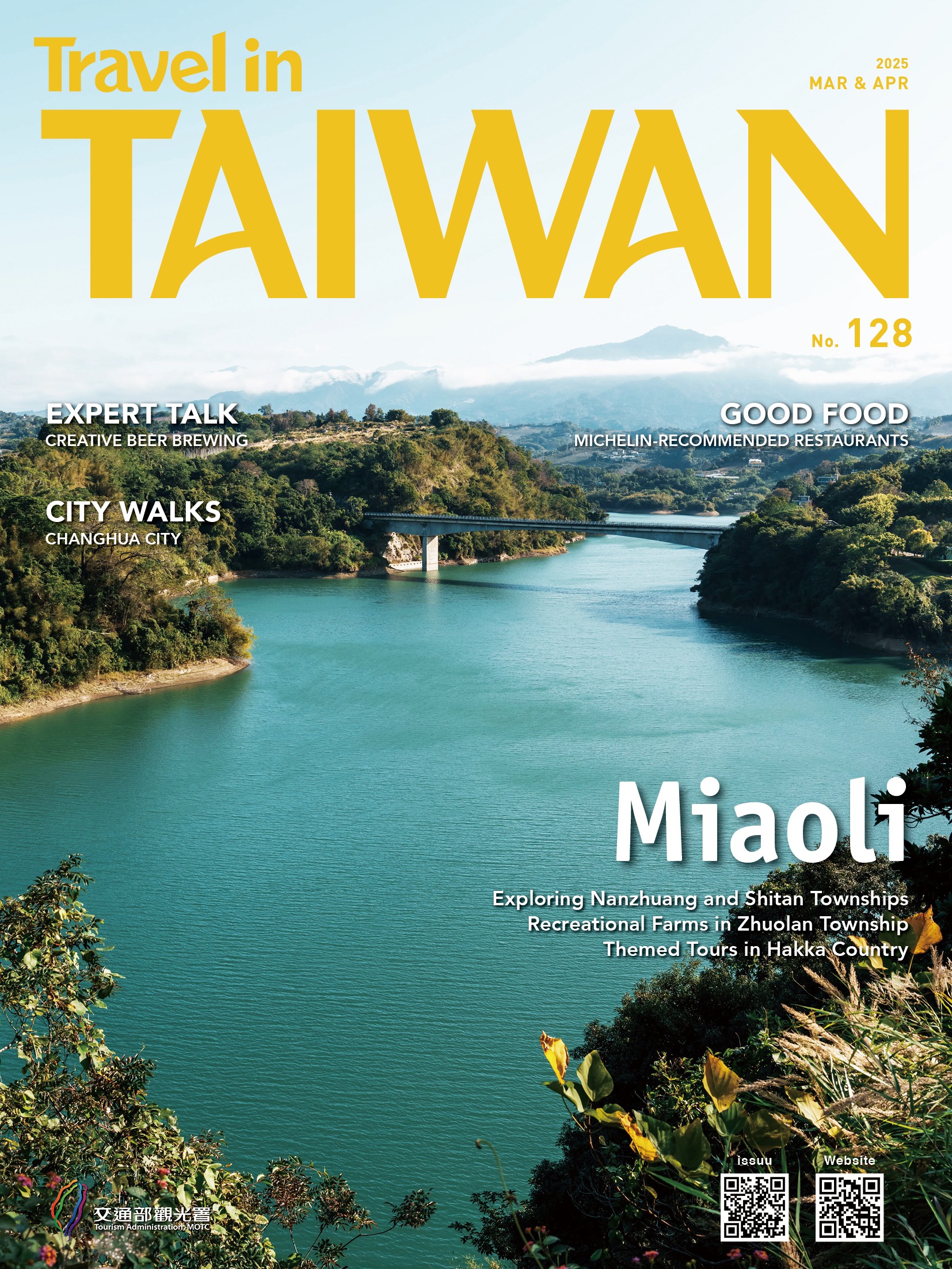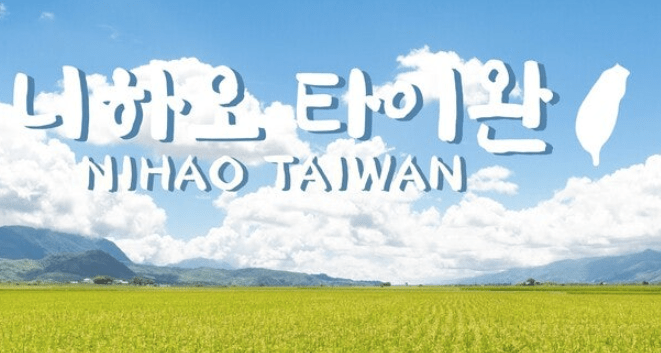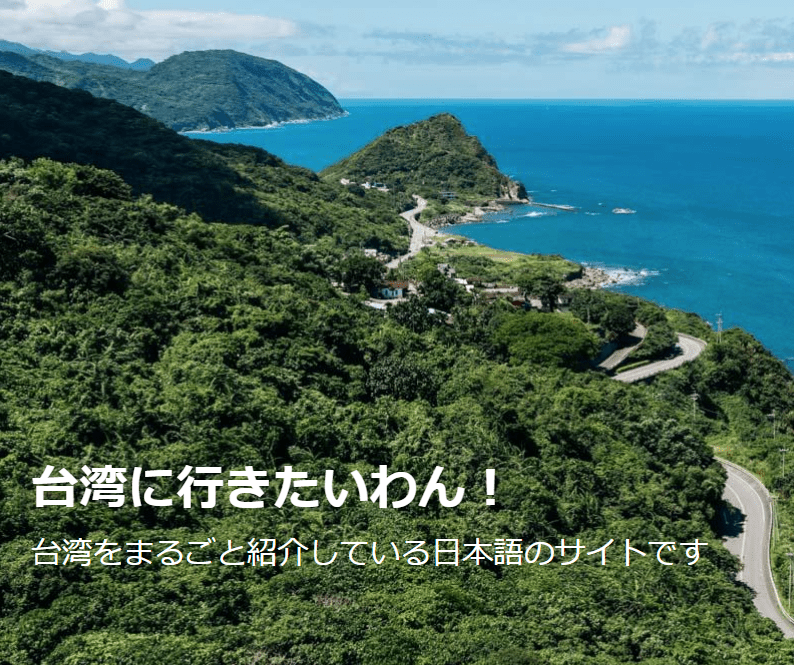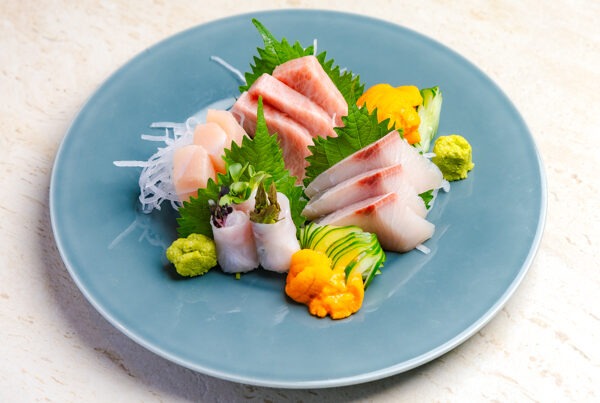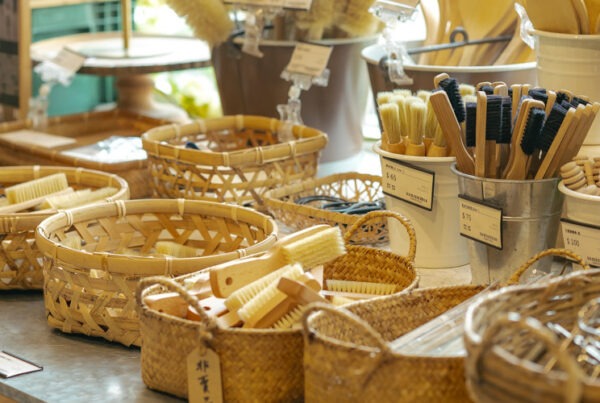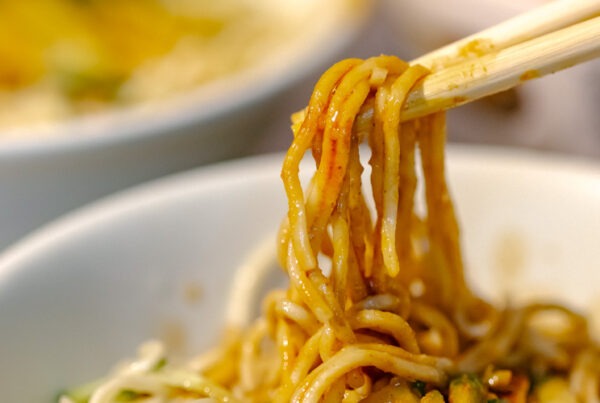Tourist-Friendly Towns, Classic Culinary Gems
TEXT / RICK CHARETTE
PHOTOS / VISION
Hsinchu County in northwest Taiwan is beloved by tourists for the natural beauty of its hills and for the concentration of Hakka culture, with attractive small towns established centuries back, today warmly welcoming visitors. The Hakka are a Han Chinese minority comprising about 16% of Taiwan’s population. In China, for many centuries, they primarily inhabited upland areas, engaging in farming, mining, and logging. Hakka migrants continued these traditions after they arrived in Taiwan. Hsinchu County is almost all hills, until reaching the spine of mountains in the island’s center. The Hakka primarily live away from the coast, in the more remote upriver regions. Come visit the popular old-time settlements of Beipu and Guanxi, and learn about three Hakka culinary icons.
Beipu
Beipu and Guanxi are both located on curvaceously scenic Provincial Highway No. 3, woven through the western foothills from north to south in the era before today’s two west-side freeways were constructed. The highway was built to facilitate economic activity and ensure continued communication should the more exposed flatlands Highway No. 1 be cut in conflict with communist China.
Beipu – the word means “north flat land” – is set atop a richly fertile low plateau. In the smaller Nanpu or “south flat land” community next door visitors can learn about traditional farming and experience the life of farmer folk. A slender, shallow valley of neatly sculpted rice paddies courses between. Beipu was long second only to the small city of Hsinchu as a county commercial nexus and is today home to the densest concentration of Hakka cultural elements of any Hsinchu settlement. The Beipu Old Street area is thickly populated with heritage buildings.

Among the copious meaningful structures you’ll come across on a leisurely walkabout is the Jiang Family Ancestral Temple (built in 1924), one of Taiwan’s four key ancestral temples. The Jiang Ah Hsin Residence (1949; Jiang Ah Hsin was a wealthy black-tea merchant) is an imposing work of Baroque-style architecture.

Jin Guang Fu Hall (1835) was a pioneer-settlement office. Citian Temple (1846) was built by the responsible land development association – in one role to serve as a defensive fortification against the displaced local native peoples.


DIY leicha experiences are a big Hakka-culture tourism draw. Visit the Guangfu Teahouse, a rambling old wood-and-red-brick enterprise homey with Beipu antique and retro treasures. Leicha, or lei tea, crafted with a mortar and pestle, is not traditional tea, but a meal-like beverage made with dried tea leaf, roasted peanuts, sesame seeds, and pumpkin seeds. Such hearty fare is quintessential in Hakka life, replenishing the body after strenuous manual labor.


Guanxi
Guanxi is at the head of a long, thin, very fertile valley that runs to the sea by coastal Hsinchu City. Behind it, further inland, are high hills that brought logging and mining wealth in the past. At its core is Guanxi Old Street, a short and narrow artery lined with heritage buildings. Along the north section are numerous two-story structures with Western Baroque-design façades, once the combined commercial/residential facilities of successful Hakka merchant families. The south section is dominated by vintage single-story brick shophouses (shop in front, family living quarters in back).
Two renowned local businesses a short walk from Guanxi Old Street are King Tai Tea and Ang Gu Noodles. King Tai Tea Company (www.kintaitea.com; Chinese) is a tea-processing operation, founded in 1936, that has a gift-and-souvenir retail outlet. Its specialties are Hakka-style aged fruit teas and teas created in ancient Tang and Song dynasty baking style, using charcoal and longyan wood. Chinese-language tours are available.


Ang Gu Noodles (www.anggu.com.tw; Chinese) founded in 1955 and also family-run, specializes in faithful old-recipe dry-noodle dishes. Hottest from the menu are Hakka dry bantiao (a type of thick, broad noodle), “Ang Gu” dry wheat noodles, wonton noodles, and sesame-oil chicken.


The attractive, architecturally conspicuous Gothic-design Guanxi Sacred Heart Catholic Church was built 1955~1956. The local parish was established in 1954 by Canadian missionaries, who found Hakka to more effectively proselytize. The church interior and exterior have been shoot locations for several popular Taiwan TV drama series, making it a top Guanxi day-tripper checklist stop.


The handsome Dong’an Bridge spans the narrow river that flows out of the mountains through the village. This stone-arch work of art was built by the Japanese – colonial rulers of Taiwan 1895-1945 – to replace a Japanese wood-built bridge dangerously weakened by Taiwan’s powerful rain, humidity, typhoon, and earthquake quartet. The heavy-duty bridge greatly facilitated the conveyance of timber and other resources down from the high hills.

Hakka Specialties
Hsinchu County’s rural residents take advantage of seasonal winds to produce wind-dried foods from September through December. Look at Taiwan using Google Maps and you’ll see how the county juts out into the Taiwan Strait compared to the island’s areas further north. Local wind-dried specialties include rice noodles and dried persimmons. Sometimes translated as rice vermicelli, the thin rice noodles called mifen were brought to Taiwan by Han Chinese pioneers from Fujian (most Hakka came from coastal Guangdong, to the south). Hsinchu’s mifen is slightly thicker than the norm. Stir-fried mifen is the standard, Hakka folk especially like to eat it at breakfast, and a Hakka variation is to add chunks of pumpkin.

Preparing aged fruit tea – aging tea leaf in citrus shells – is an age-old Hakka tradition. The classic Hsinchu practice is to place processed spring-harvest leaves in autumn-harvest pomelo. The large citrus is hollowed, the fruit pulp is mixed with the leaves, and the mixture is packed inside and sealed. The shell is then steamed, pressed, sun-dried, and baked, then stored for years to age. The tightly string-wrapped shells turn dark, almost black, and take on the appearance of a small gift package. When ready, the fruit is split open with a hammer. The extremely aromatic brew that results is believed to aid in digestion, the beneficial medicinal qualities said to increase in potency the longer the aging.

Taiwan’s native persimmons taste bitter and have a hard texture. The traditional method for the creation of fragrant, sweet, meatily chewy dried persimmons is a time-consuming process. Persimmons are picked that are about 80% ripe, the calyx and skin are removed by hand, and the fruits are placed in a sauna-like oven for smoking, curing, and hardening. They are then set out for wind and sun exposure in wide pans placed atop bamboo racks for three or four days. The softened result is then compressed. Xinpu Township, to the west/northwest of Guanxi, produces fully 80% of Taiwan’s dried persimmons.

About the author

Rick Charette
A Canadian, Rick has been resident in Taiwan almost continually since 1988. His book, article, and other writings, on Asian and North American destinations and subjects—encompassing travel, culture, history, business/economics—have been published widely overseas and in Taiwan. He has worked with National Geographic, Michelin, APA Insight Guides, and other Western groups internationally, and with many local publishers and central/city/county government bodies in Taiwan. Rick also handles a wide range of editorial and translation (from Mandarin Chinese) projects.




